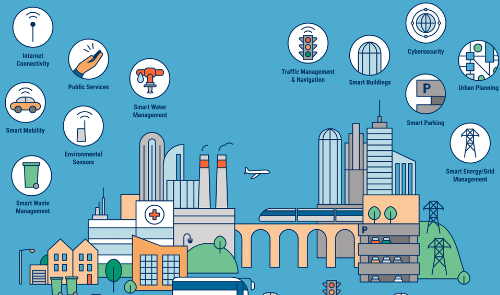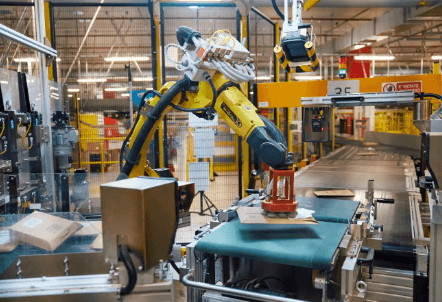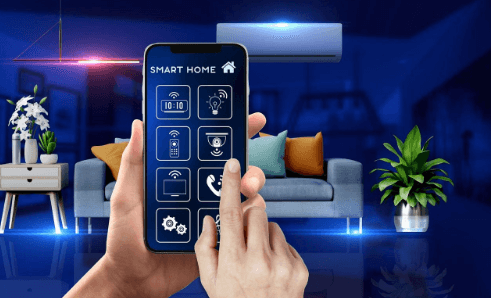How Smart Devices Are Changing Home Security
Smart devices are transforming home security by enabling real-time monitoring, remote management, and integration with advanced technologies such as biometric access and artificial intelligence. These systems offer increased control and customization for homeowners, but also introduce concerns around data privacy, security vulnerabilities, and costs. As these innovations evolve, understanding their implications on traditional security frameworks becomes essential for assessing both benefits and potential risks.
Enhanced Monitoring and Real-Time Alerts
Enhanced monitoring capabilities in smart home security systems leverage advanced sensors and interconnected devices to provide continuous oversight of residential environments. Smart sensors enable real-time alerts, empowering homeowners with immediate awareness.
However, maintaining data privacy remains critical, as constant data collection raises concerns about unauthorized access and intrusion, underscoring the balance between security benefits and personal freedom.
Remote Accessibility and Control
How does remote accessibility enhance the functionality of smart home security systems? It enables users to leverage voice commands and user customization for real-time control via smartphones or other devices.
This flexibility provides independence, allowing seamless management of security features from anywhere, fostering a sense of freedom while maintaining precise, personalized oversight of home security infrastructure.
Advanced Security Features and Integration
Building upon remote accessibility, modern smart home security systems implement advanced features like biometric authentication and AI-driven analytics for enhanced security.
These integrations enable real-time threat detection, customizable access control, and seamless device interoperability, empowering users with autonomous control and increased security resilience.
Ultimately, this fosters a sense of freedom rooted in sophisticated, adaptive, and interconnected protection mechanisms.
Impact on Traditional Home Security Systems
The advent of smart devices has significantly transformed traditional home security systems by introducing digital connectivity and automation capabilities that were previously unavailable.
These advancements pose installation challenges due to compatibility and infrastructure requirements, while cost considerations may hinder widespread adoption.
Consequently, homeowners seeking freedom from conventional systems must weigh technological benefits against potential logistical and financial constraints.
See also: How Smart Cities Are Changing the Urban Experience
Conclusion
The integration of smart devices has markedly advanced home security, with studies indicating that households utilizing these technologies experience a 30% reduction in break-ins. Their capabilities for real-time monitoring, remote control, and sophisticated AI-driven features surpass traditional systems in responsiveness and customization. Despite privacy and cost concerns, the analytical benefits of interconnected security infrastructure demonstrate a significant shift toward more secure, adaptable, and technologically sophisticated residential environments.






